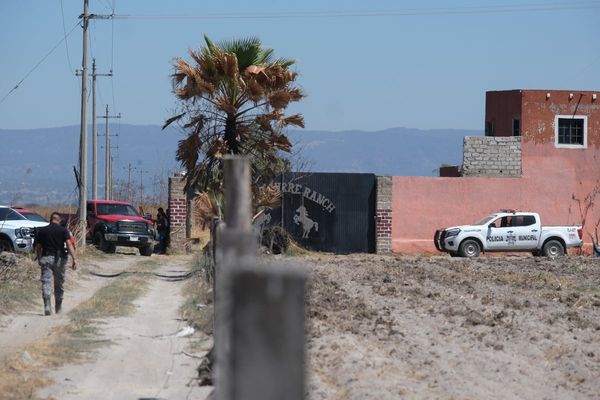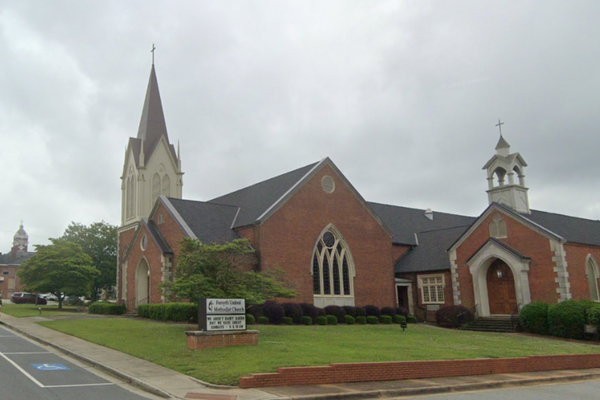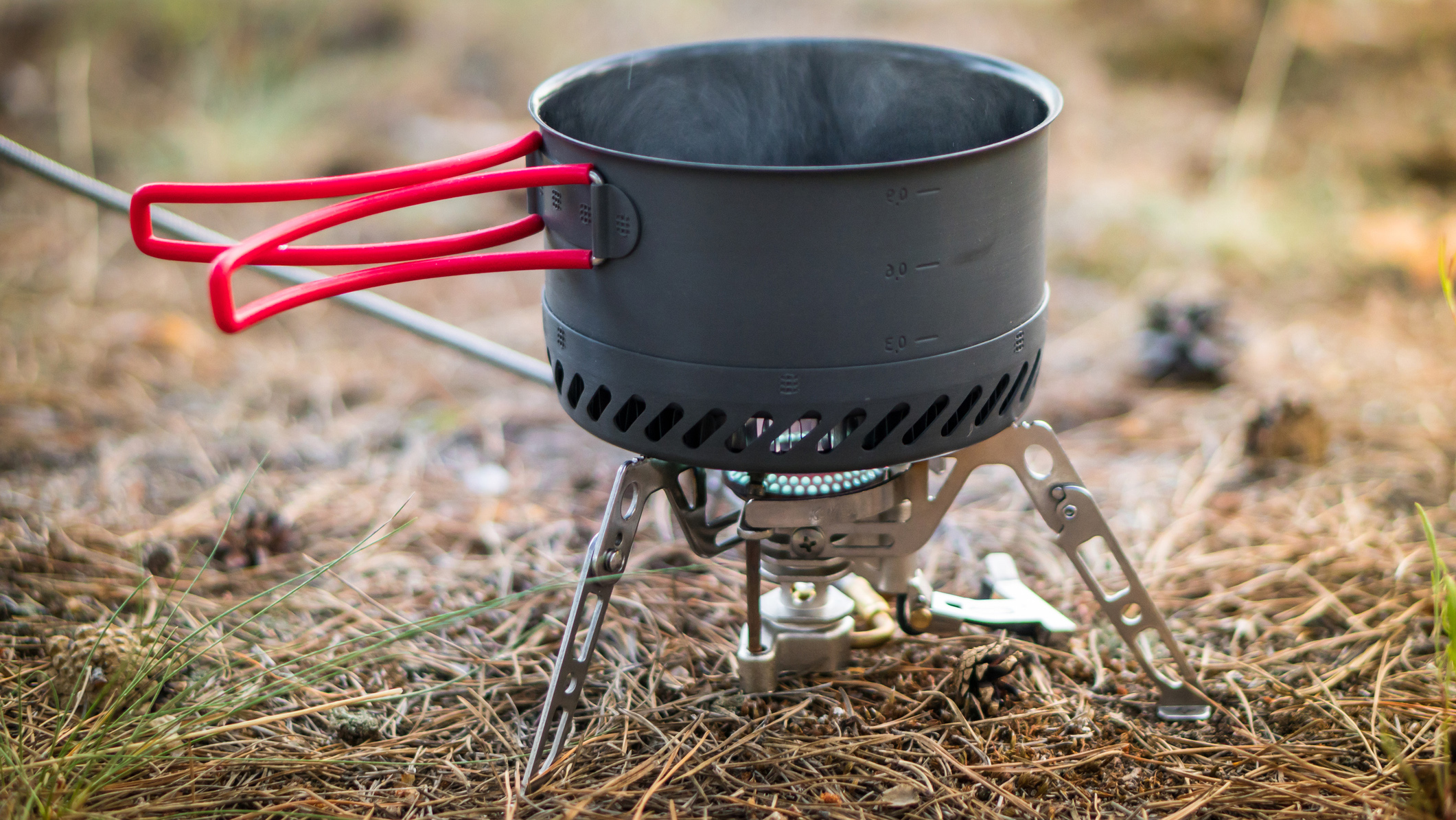
Do you love to cook up a hot backpacking meal at the end of a long day on the trail? Or start your day with a steaming cup of coffee sipped with mountain views? If so, you’ll need a good camping stove for your adventures.
Choosing the right camping stove can be an adventure in itself, however, with so many different types to choose from. If you’re backpacking, you want something light and easy to use, but not so light that it topples over in the wind. If you’re car camping, you might love the romanticism of a wood-burning stove, but you need to be sure you can find firewood.
Trying to figure out what all the specifications on a camping stove label mean can be a little mind-bending. What is a canister stove? Are there advantages to lugging along a bottle of liquid fuel? And what’s the difference between burn time and boil time?
Let us take all the work out of things and help you decode the label on your camping stove, so you know exactly what you’re getting for your money, and make sure it’s the best choice for your upcoming adventures.
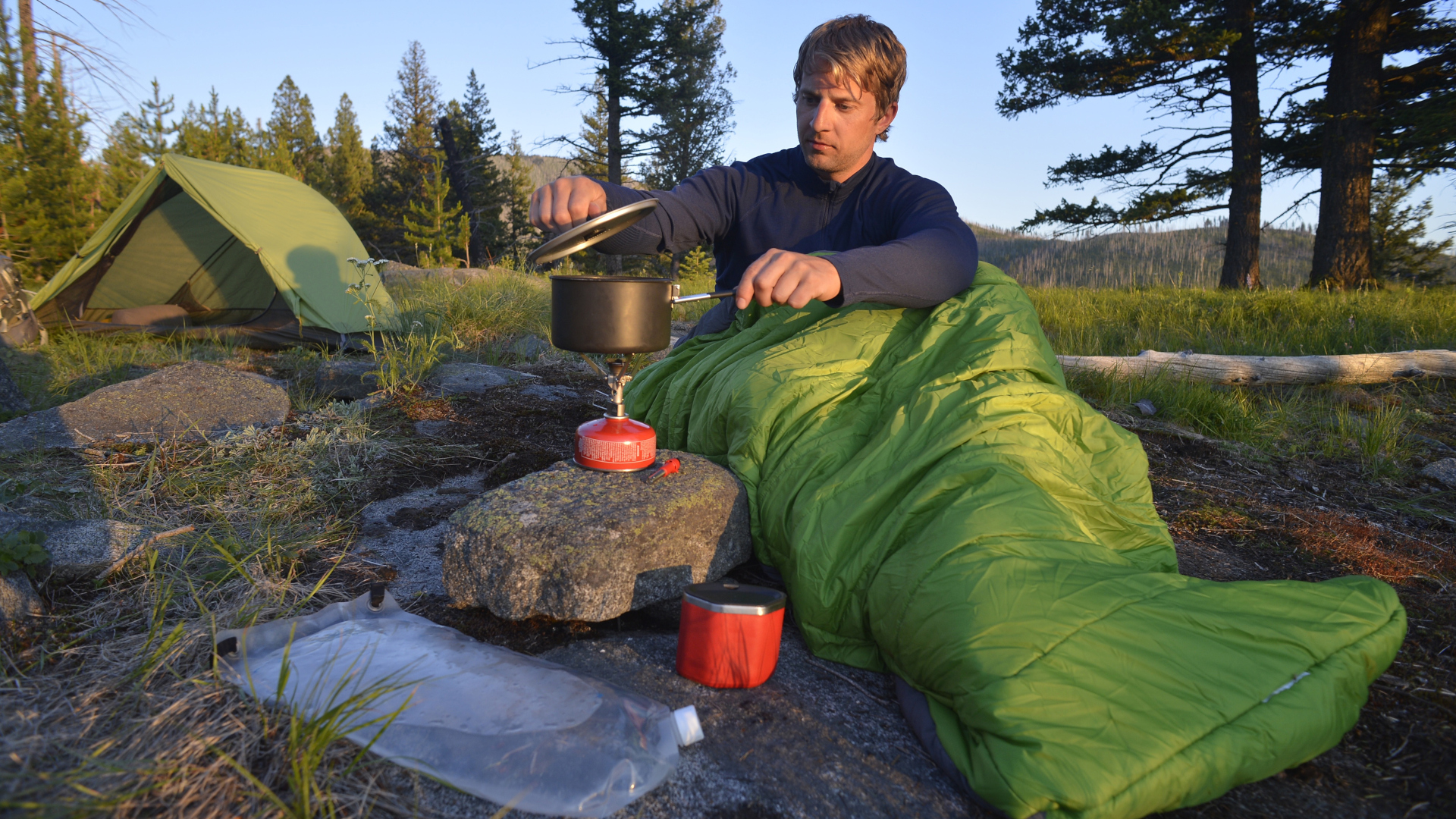
Fuel type
This designation tells you both what type of fuel your camping stove uses, and what kind of camping stove it is. You can roughly break camping stoves down into three categories:
- Canister
- Liquid fuel
- Alternative fuel
Canister stoves screw onto a fuel canister that contains either propane or butane. The stove itself has legs that extend out so the setup can be balanced on uneven ground and is easy to operate. These stoves can be extremely compact and lightweight, such as the SOTO Windmaster which weighs only 3.5 ounces and fits in the palm of your hand, so these are a great choice for backpacking adventures. There are, however, some downsides to this style of stove, such as the higher cost of fuel and some difficulty recycling the empty canisters.
You can also find remote canister camping stoves such as the Coleman FyreStorm PCS where the stove connects to the fuel canister via a hose rather than screwing directly together. These systems weigh slightly more but are more stable on the ground for rocky or windy camping adventures.
Then there are integrated canister camping stoves, which operate on the same system but have an integrated pot, such as the Jetboil. These systems boil water quickly but weigh more.
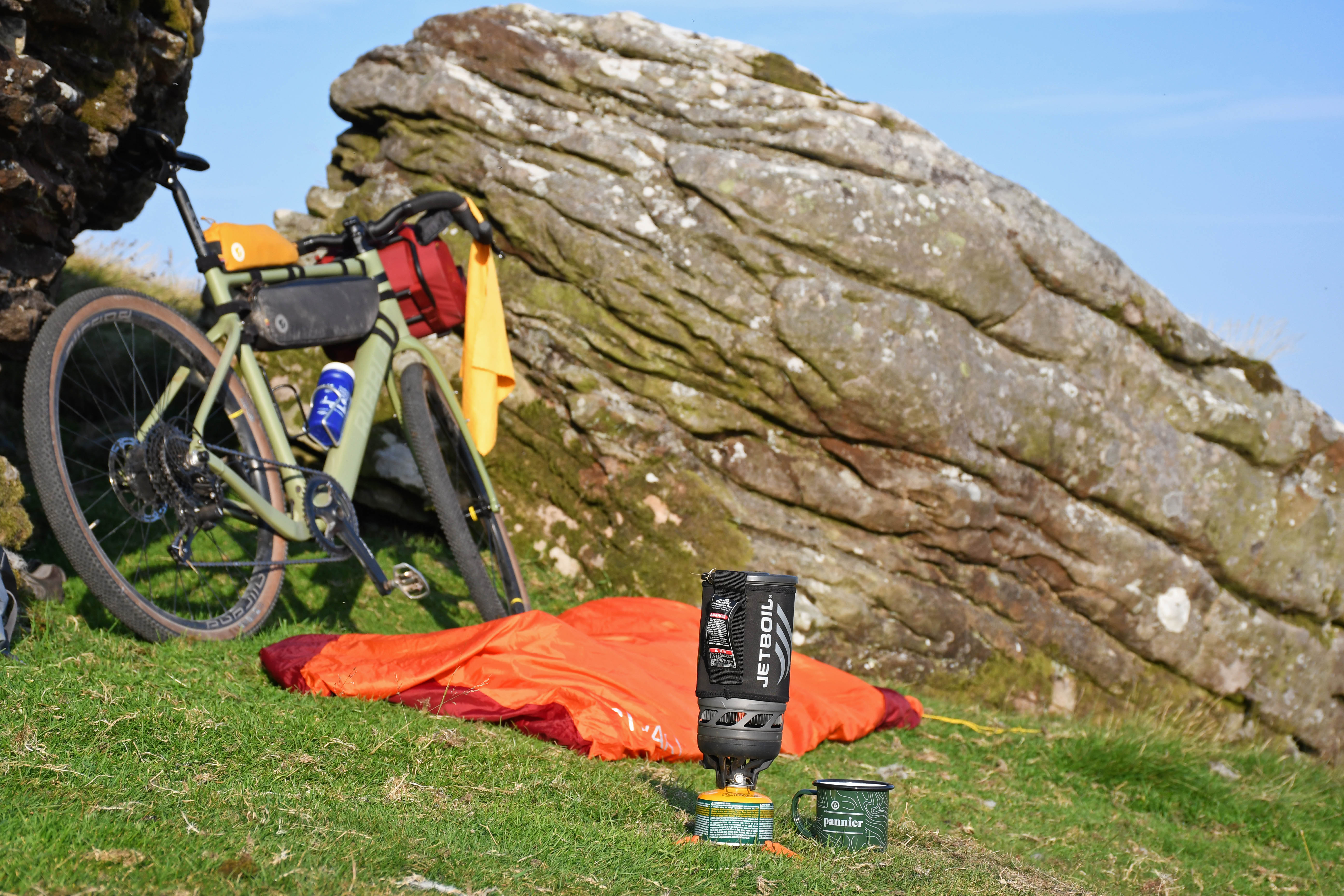
Liquid fuel camping stoves connect to a bottle containing white gas. This style of camping stove is a little bulkier and heavier, and the stove requires pumping and priming before use, which adds a little extra effort. Advocates of this design like that the fuel burns clean and is cheaper to buy than canister fuel, and doesn’t come with recycling woes. It works well at high altitudes and in cold weather too, so it’s a popular choice for mountaineering and winter camping.
Finally, you’ve got your alternative fuel camping stoves – typically wood-burning stoves and stoves that use pellets. These aren’t really a substitute for backpacking stoves as they’re much bigger and heavier, but they’re great for car camping and can be a good substitute for a campfire if there’s a fire ban or you’re concerned about the environmental implications of campfires.
The Solo Stove is a wood-burning stove that’s actually pretty light and packable, but the challenge with any wood-burning stove is that if it’s been raining, it will be hard to source kindling and some fire bans prohibit the use of these stoves. If it’s soggy fuel you’re worried about, look into pellet-burning stoves or alcohol stoves such as the classic Trangia.
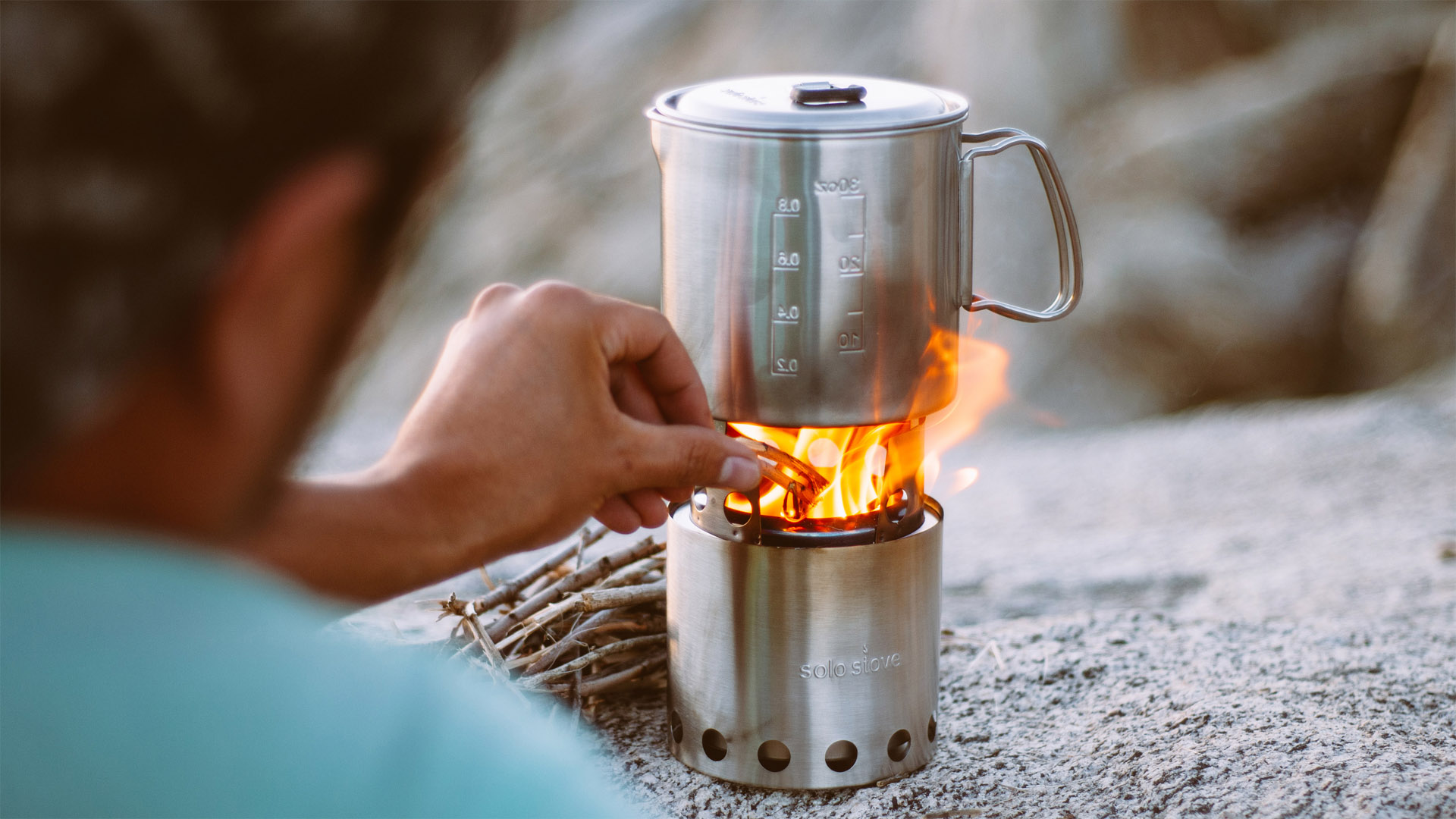
Burn time
Both canister and liquid fuel stoves should indicate their burn time in minutes or hours on the label and this refers to how long you can expect to get out of one unit of fuel.
For a canister stove, the burn time usually applies to how long you’ll get out of a single canister when using the stove on maximum flame. It’s helpful to compare this to the stove’s boil time (see below) to understand how many boils you’re likely to get out of your canister, and therefore how many you need to bring for a longer trip.
If you’re looking at a liquid fuel stove, the burn time will usually be given as minutes per 20 ounces of gas, and will most likely be a lot longer than you’ll get out of a single canister.
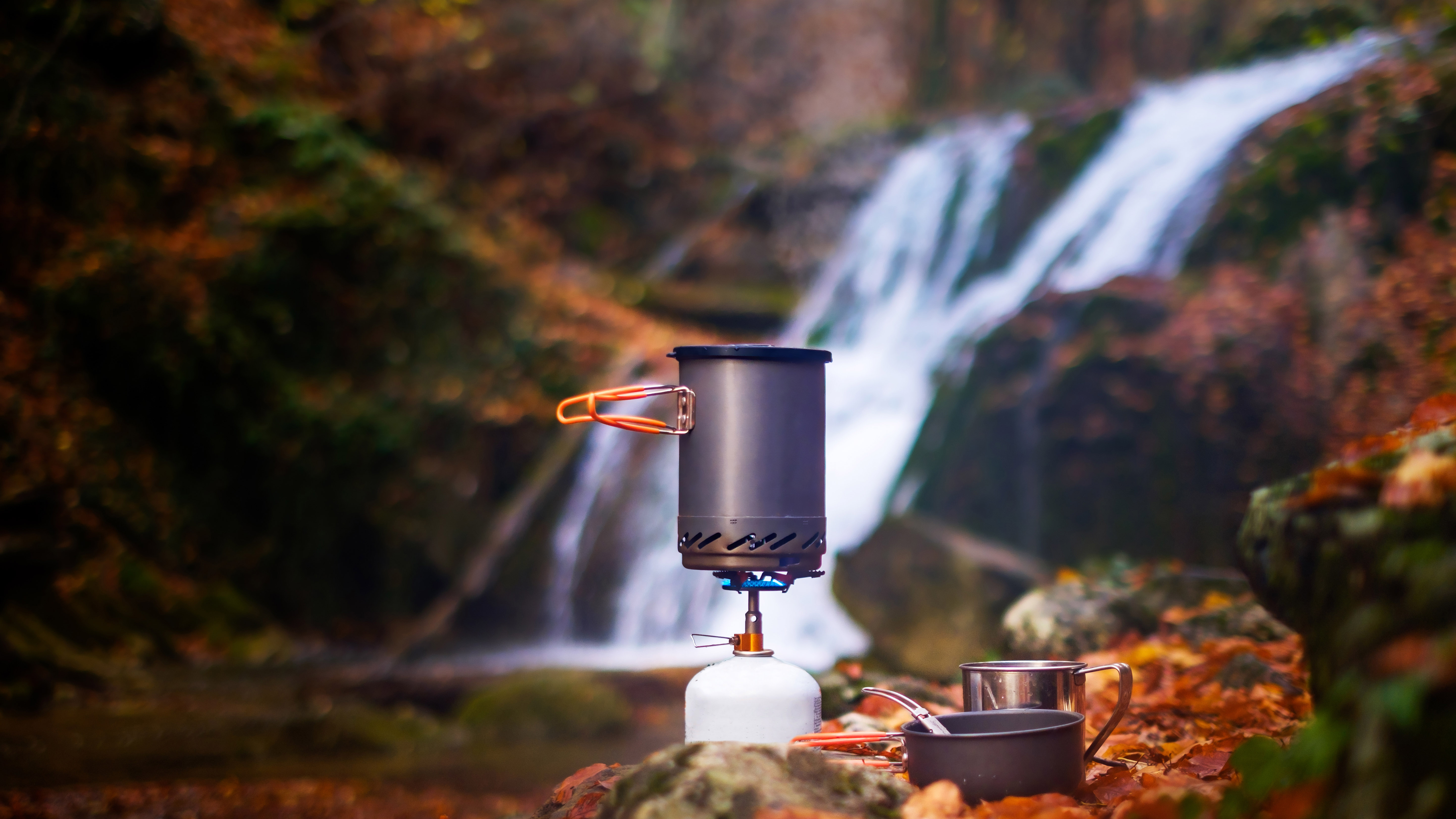
Average boil time
Boil time is given in minutes and refers to how long it takes a pot of water to come to the boil, taking into account the fact that pots vary in size, you can put more or less water into them and the total time will be affected by whether or not you’re using the maximum flame and even how cold the water is to begin with.
That said, nowadays you can expect most camping stoves to bring water to a boil in under five minutes, while the Jetboil Flash claims to boil water in under two minutes. A faster boil time is more convenient, and it can also mean better fuel efficiency. Canister fuel stoves are the most fuel-efficient and integrated systems are the best for boiling quickly and using a small amount of fuel.

